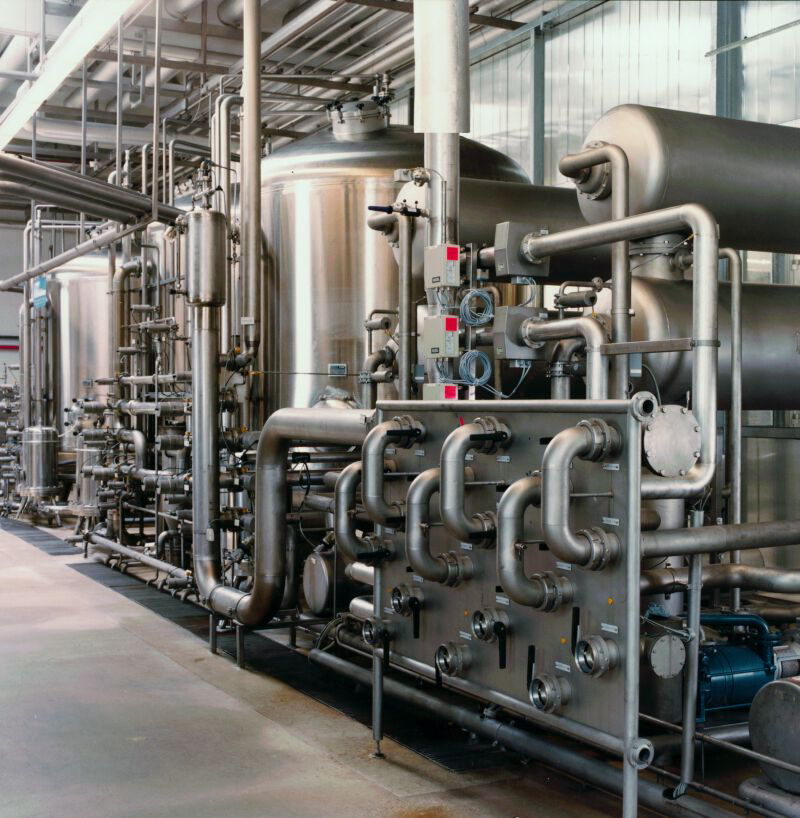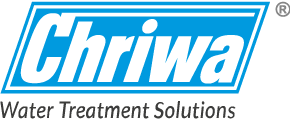Adsorption / Desorption
Binding/absorption of gaseous, liquid and solid (dissolved) substances by a solid substance without any chemical changes occurring; e.g. the binding of solvents to activated carbon.
Physical adsorption basically also includes the reverse process, desorption, since a system always strives for a balance between adsorbing and desorbing a substance.
Example: Activated carbon filtration
The aim of activated carbon filtration is to remove toxic substances, foreign odours and tastes, or to reduce oxidative substances. Adsorption is the accumulation of a substance on the surface of an adsorbent. The adsorbent is called adsorbent and the substance to be adsorbed is called adsorptive. The adsorbate is called the total system. Adsorption is caused by van der Waals forces (weak electrostatic forces).
The reverse of adsorption, i.e. the detachment of a substance from the surface of the adsorbent, is called desorption. Adsorption and desorption are competing processes, i.e. they take place simultaneously.

The Chriwa activated carbon filtration systems are capable of removing the following substances:
- aromatic hydrocarbons benzene, toluene, ethylbenzene and xylenes
- mineral oil
- phenols
- foreign odours
- foreign taste
- Yeast fungi and fermentation products
- Chlorine and ozone
- dyes
A specially developed cleaning system also uses hot water / steam sterilisation to prevent the activated carbon used from becoming contaminated.

